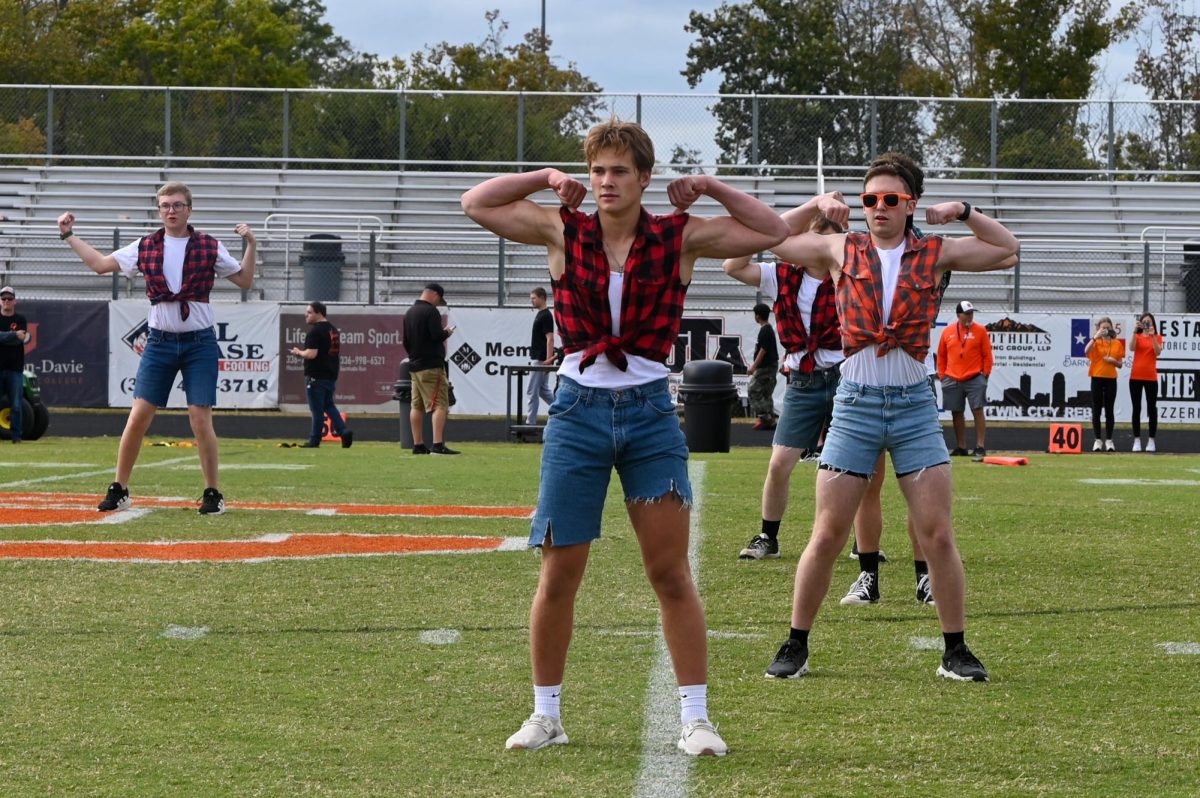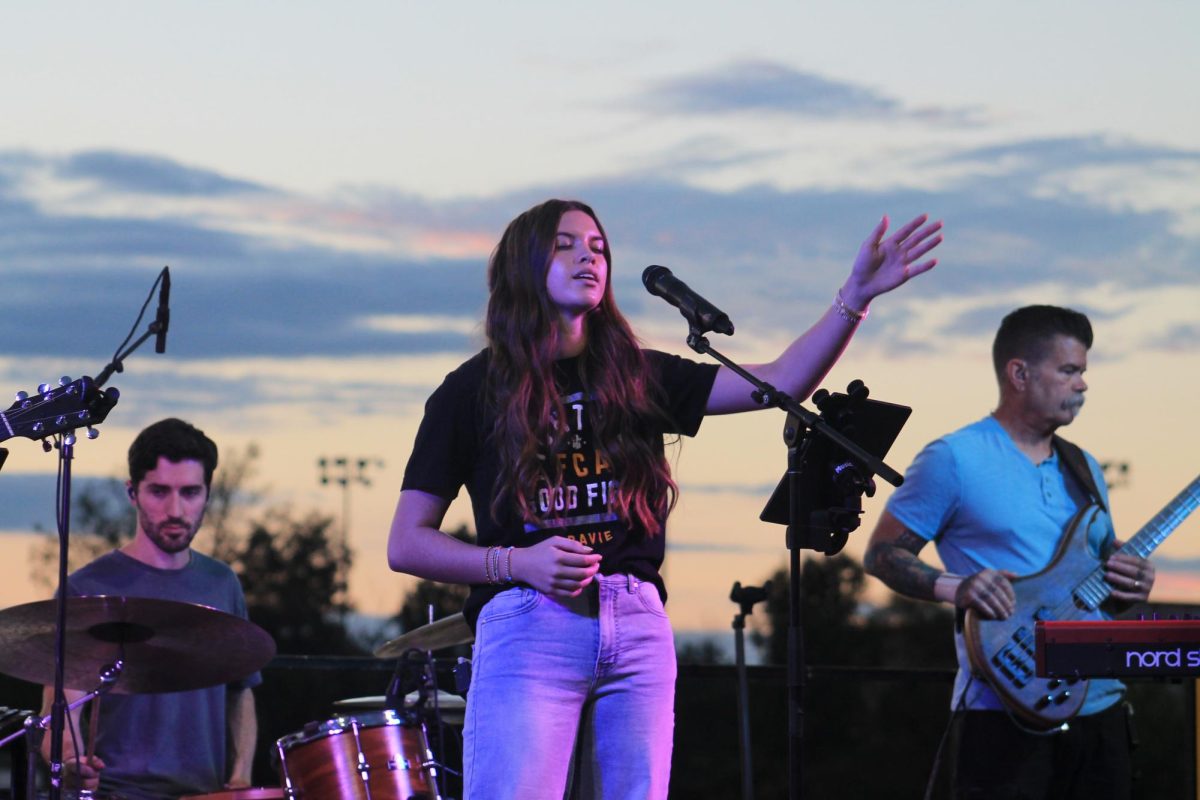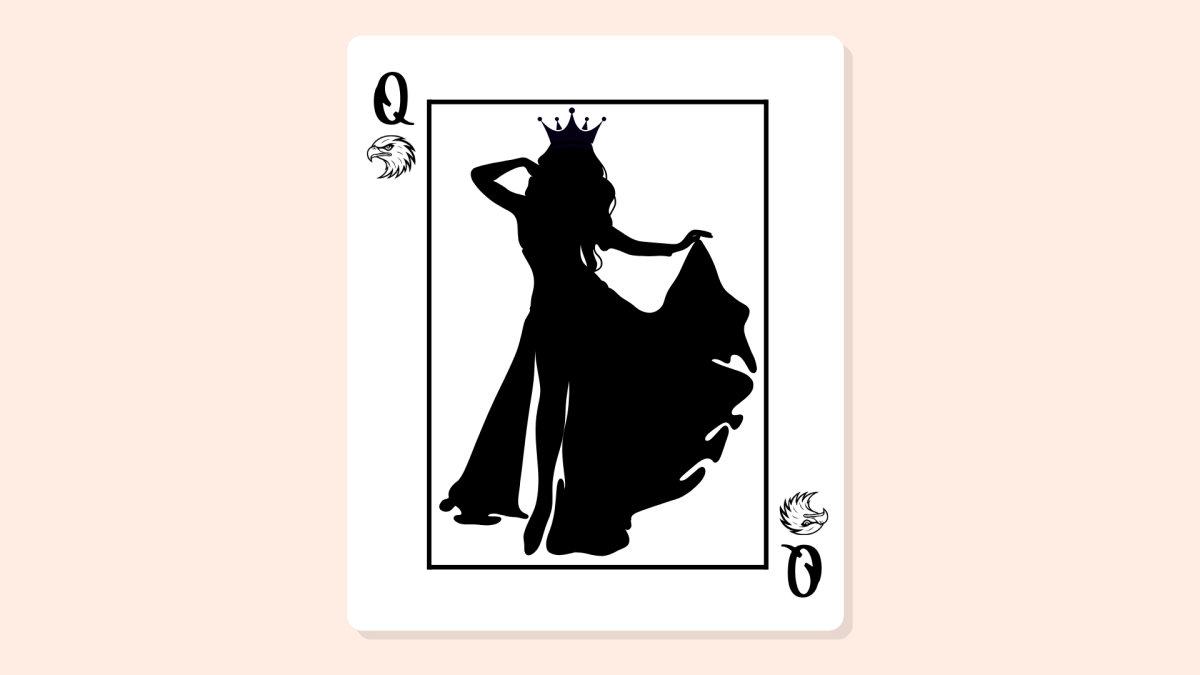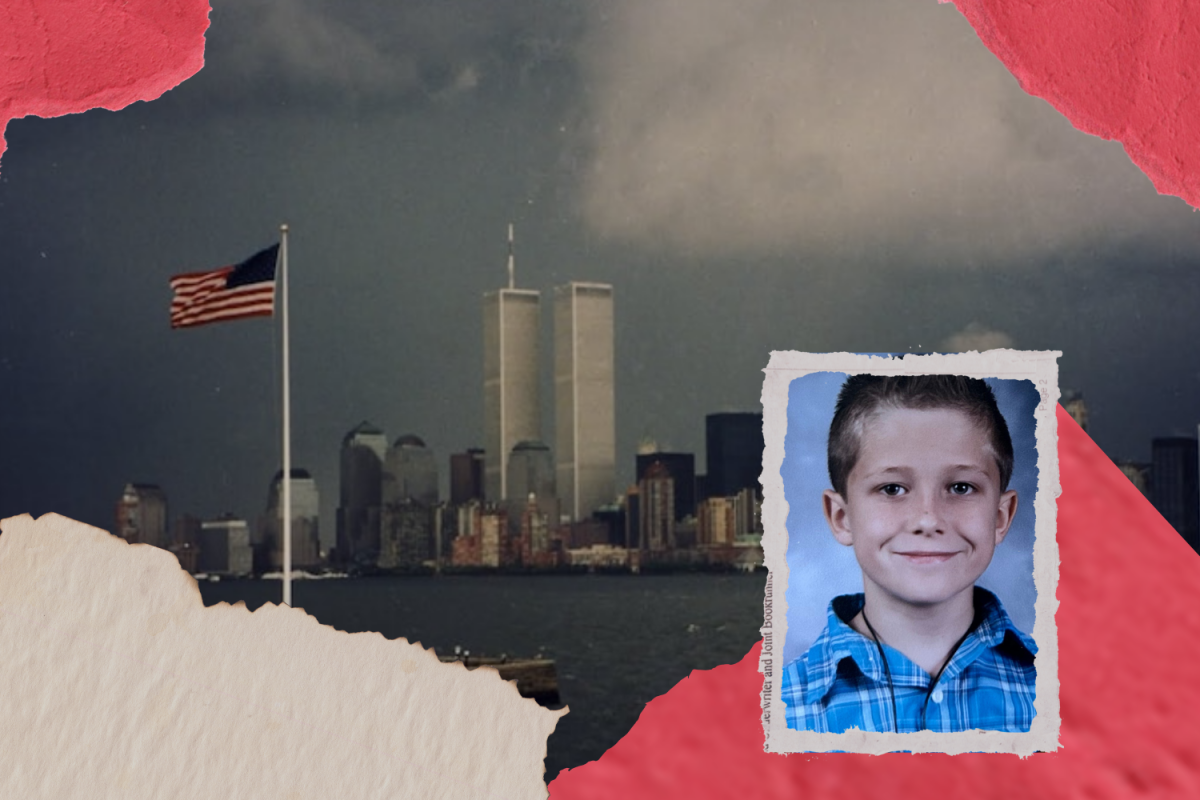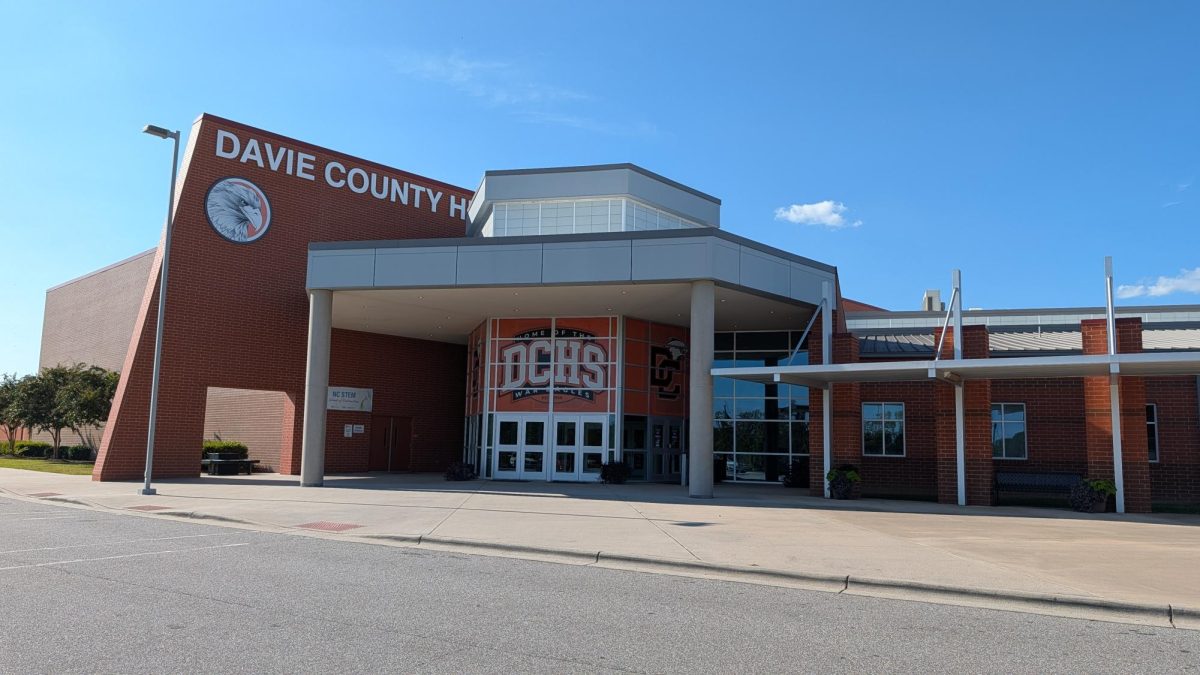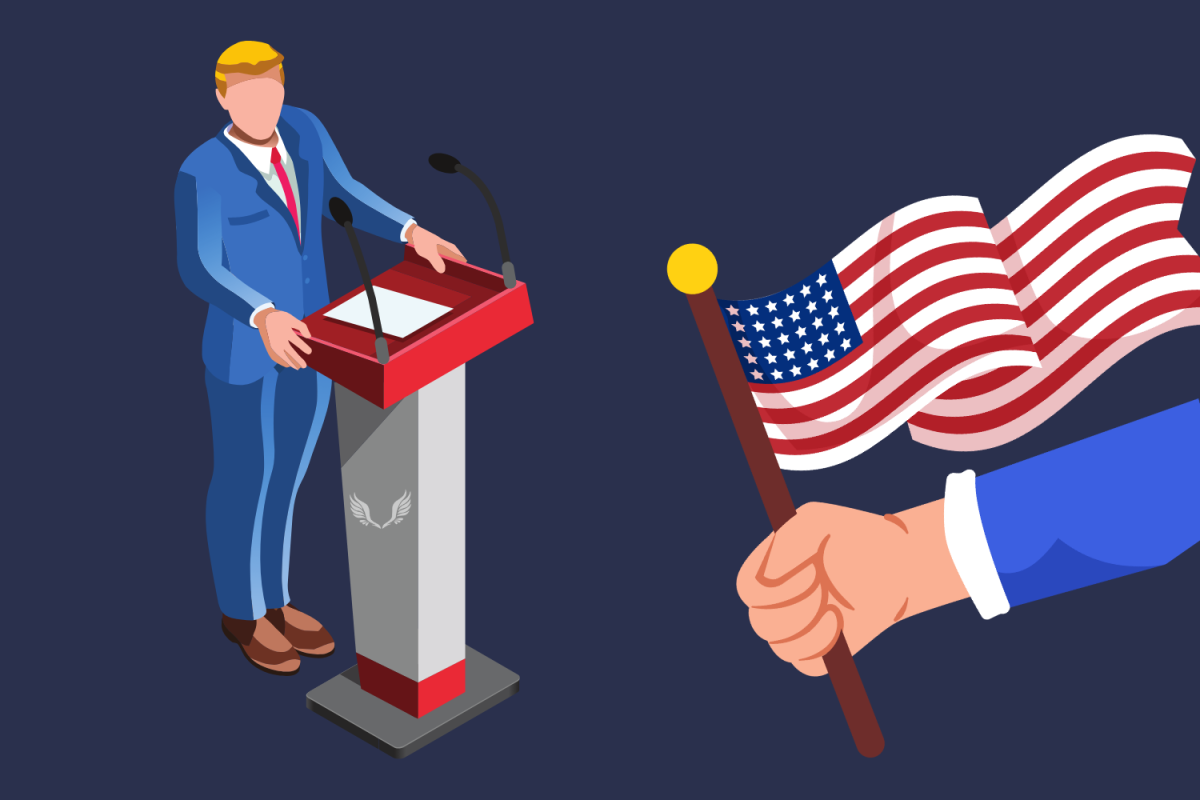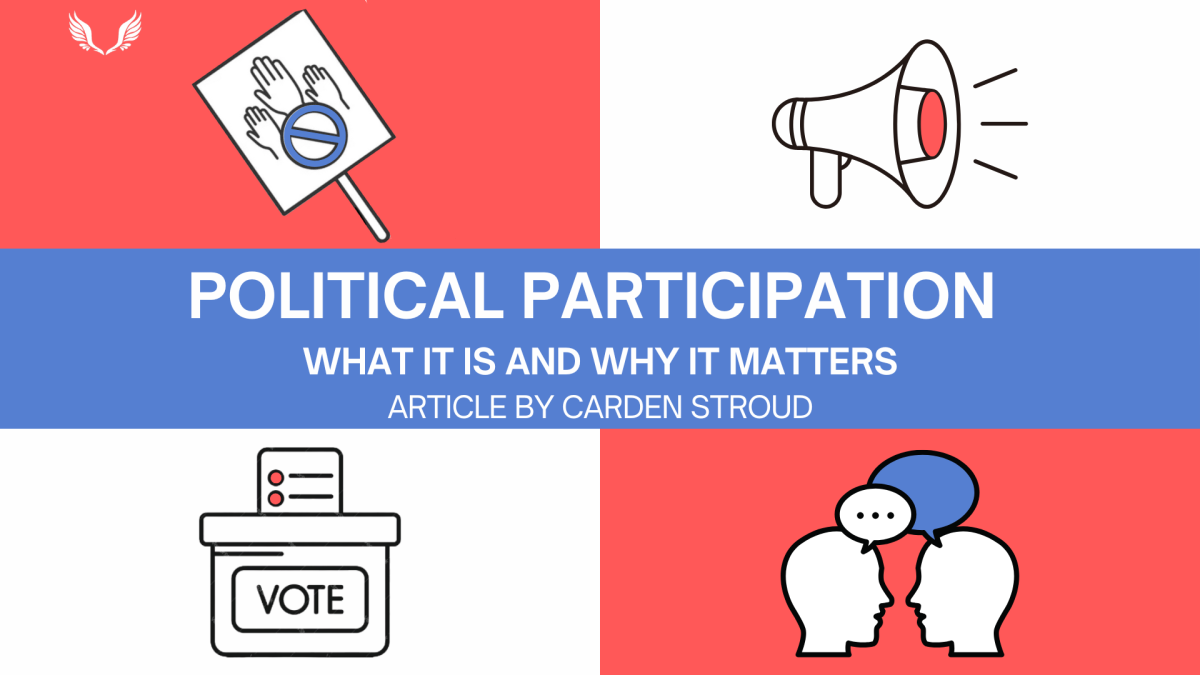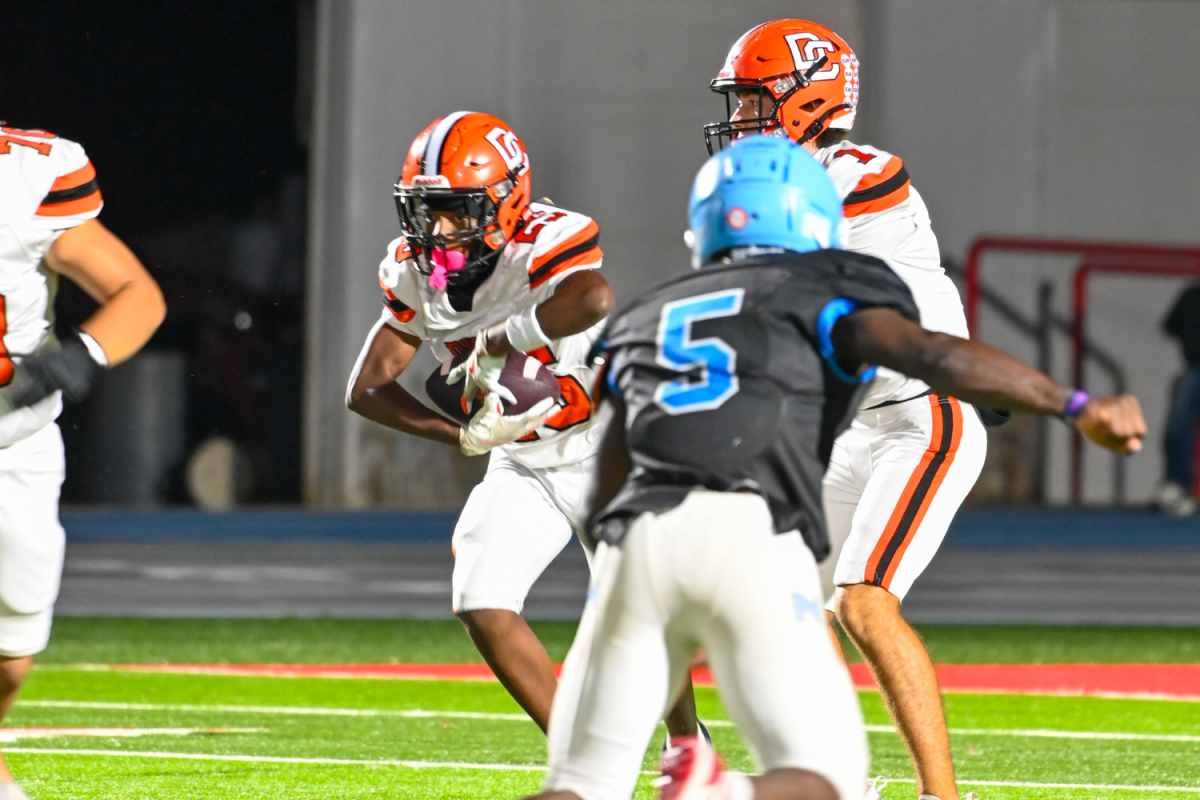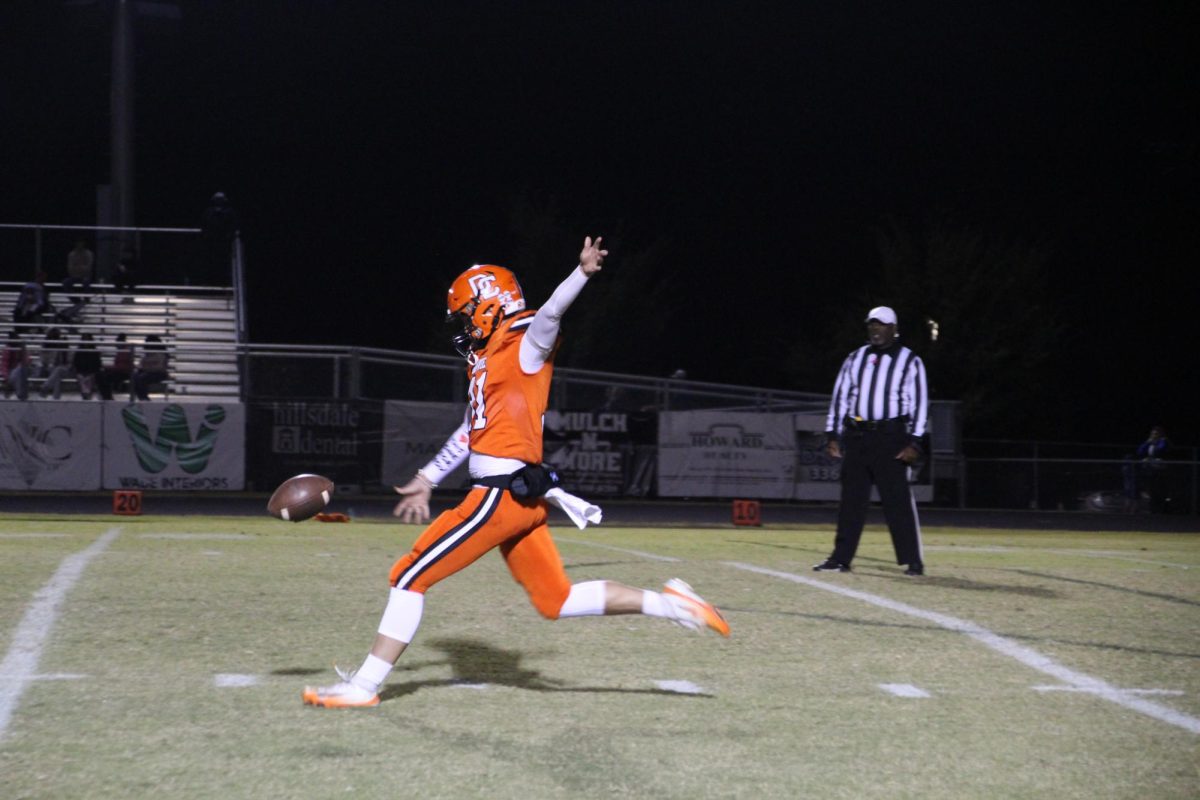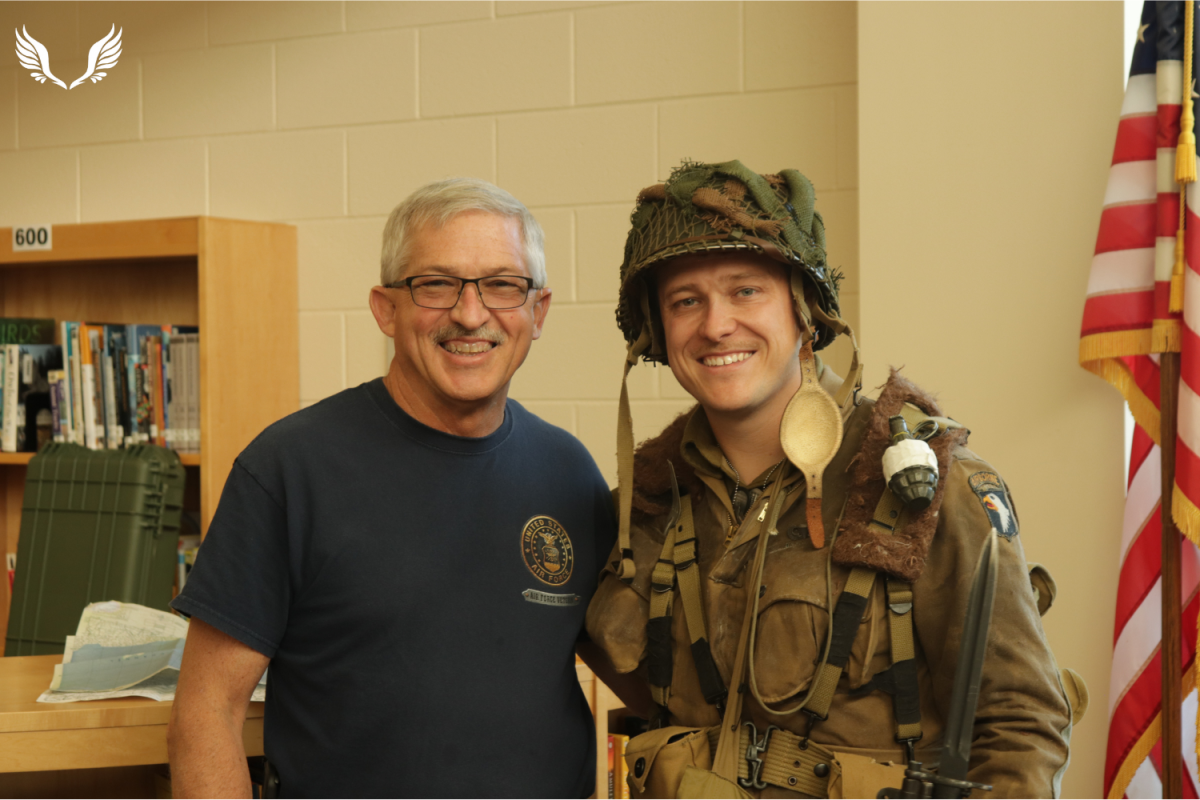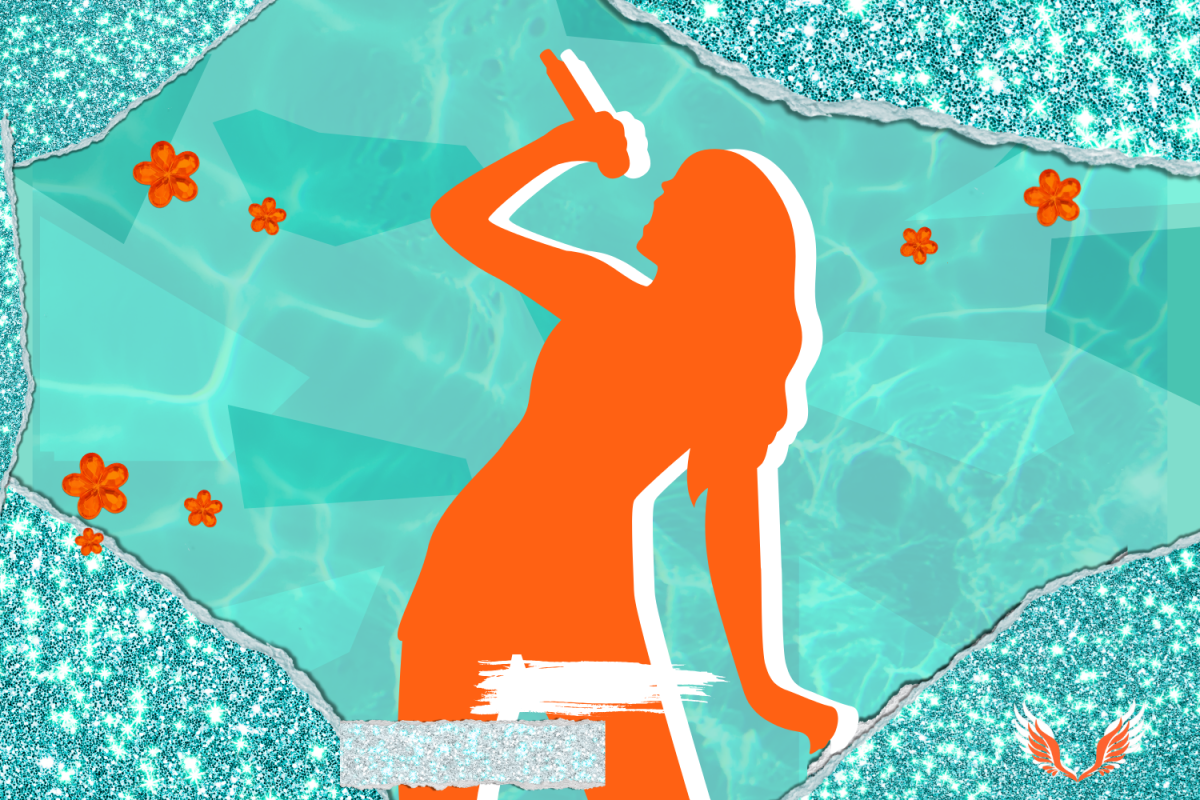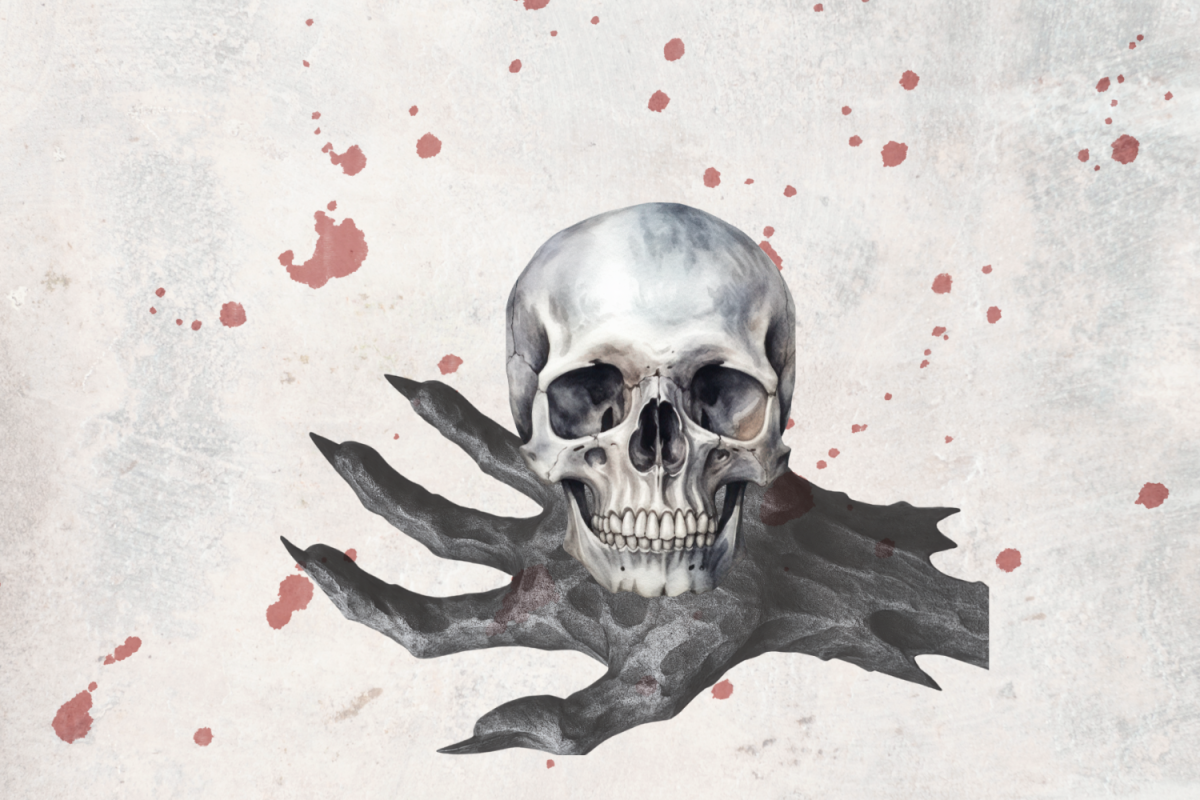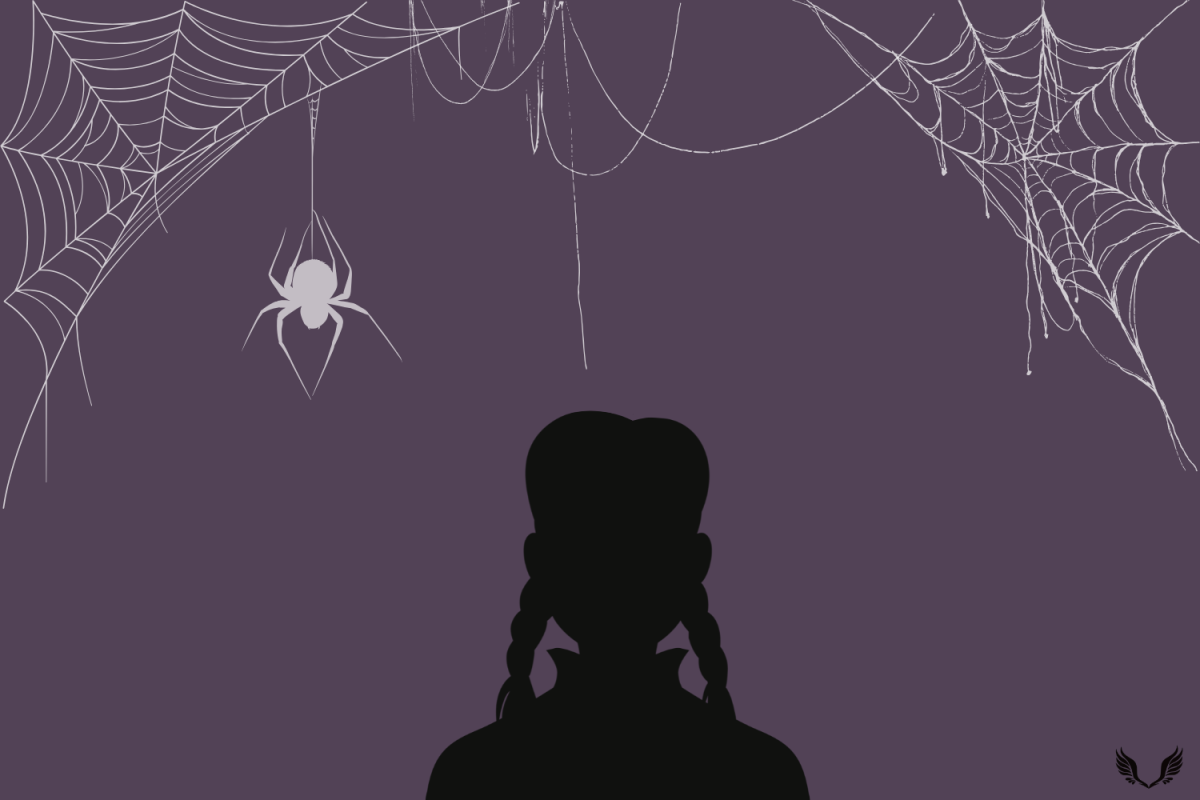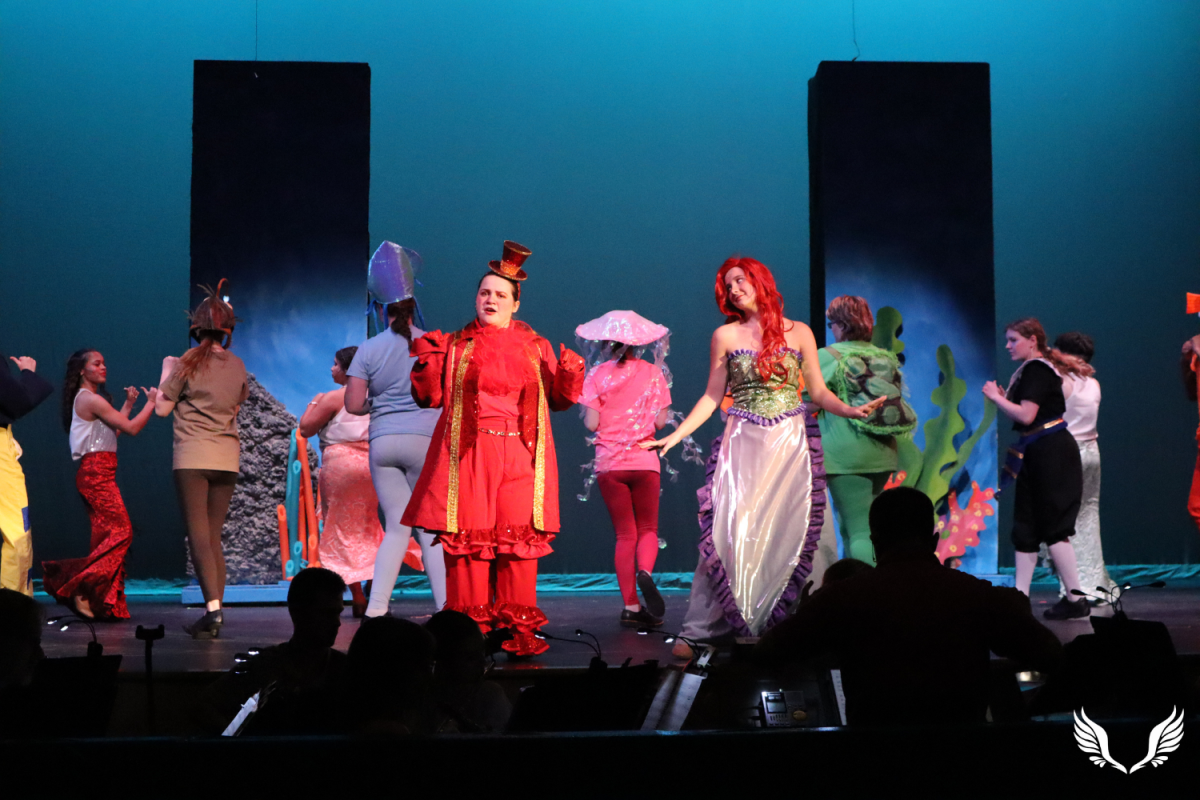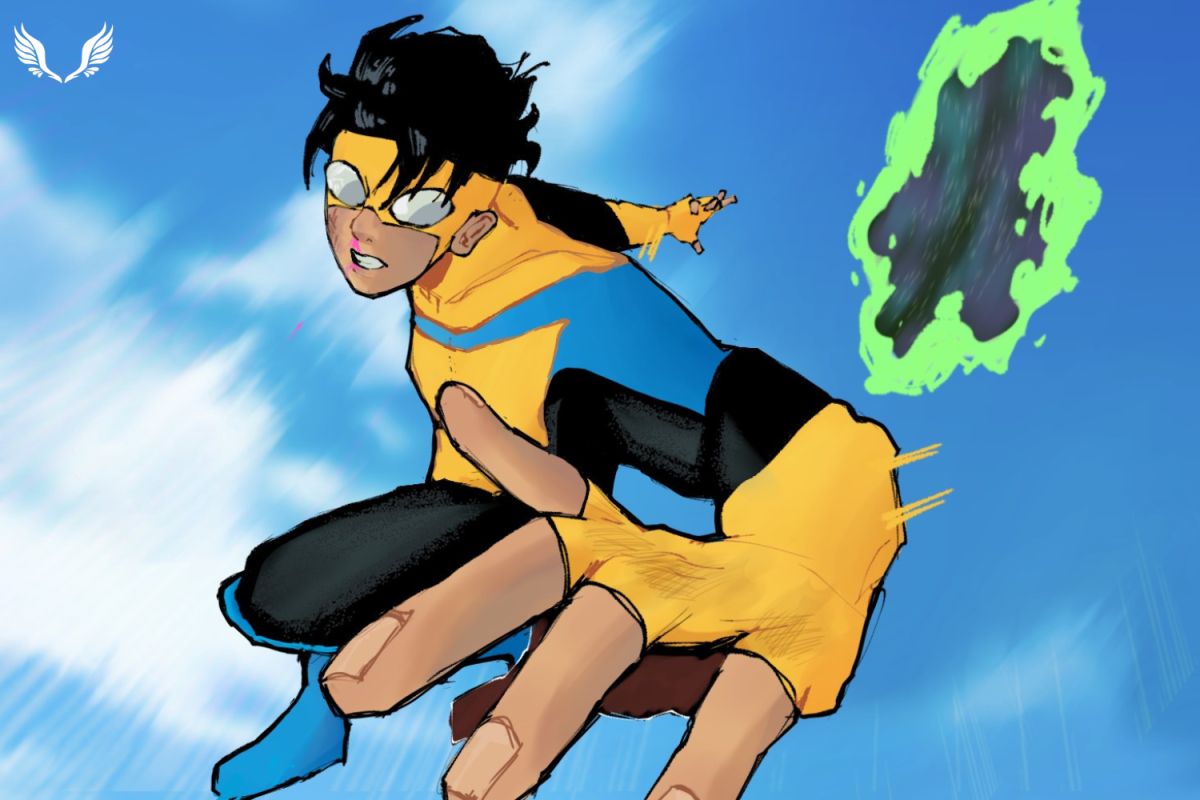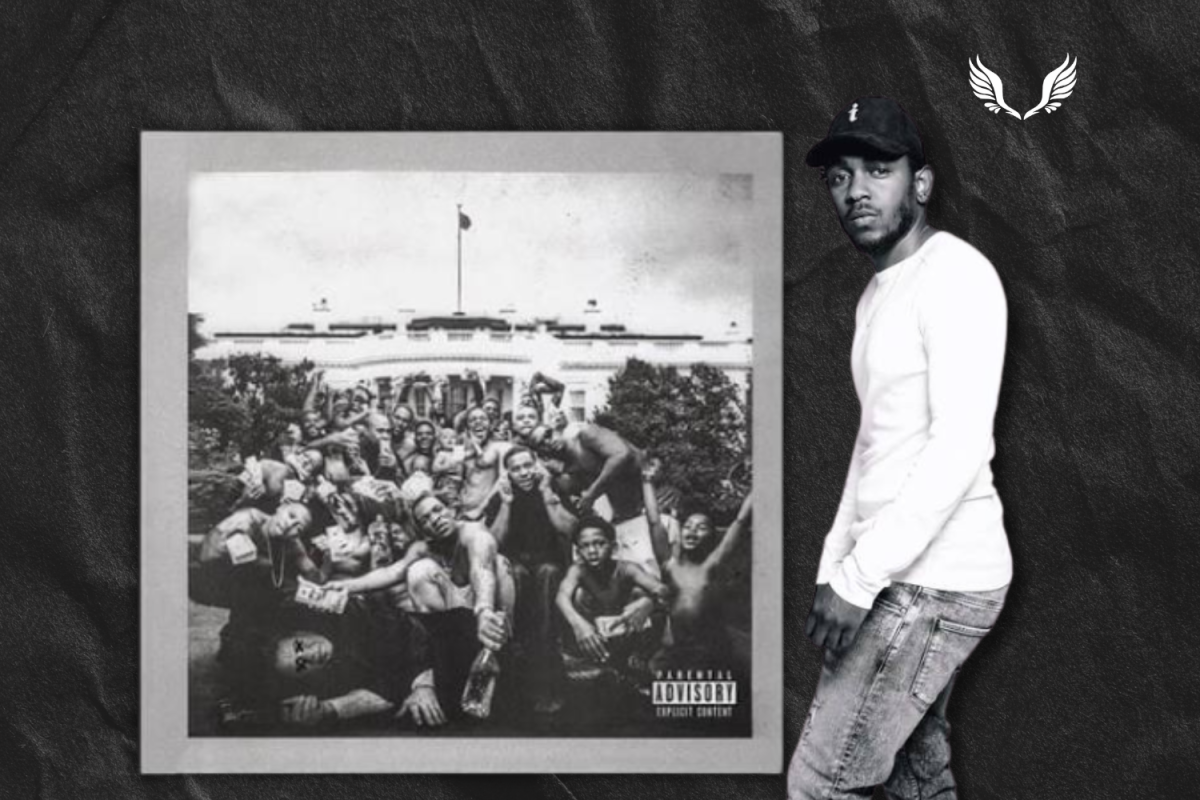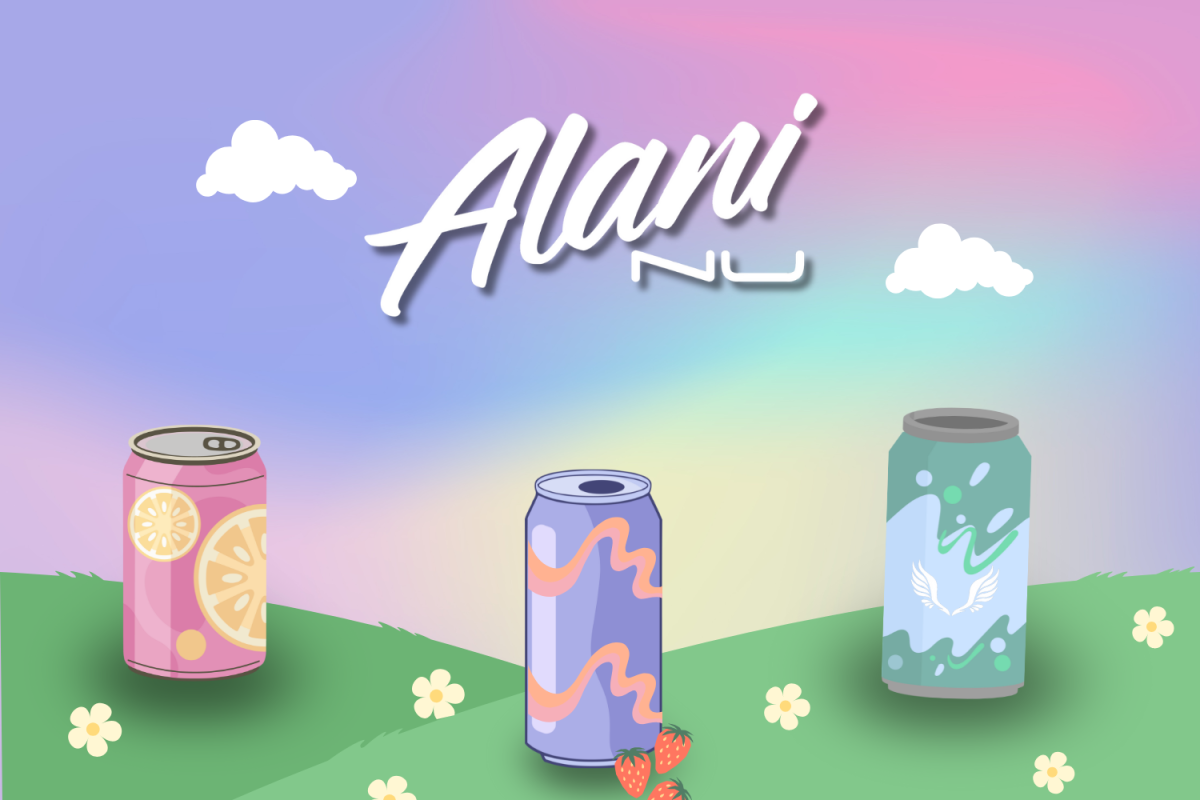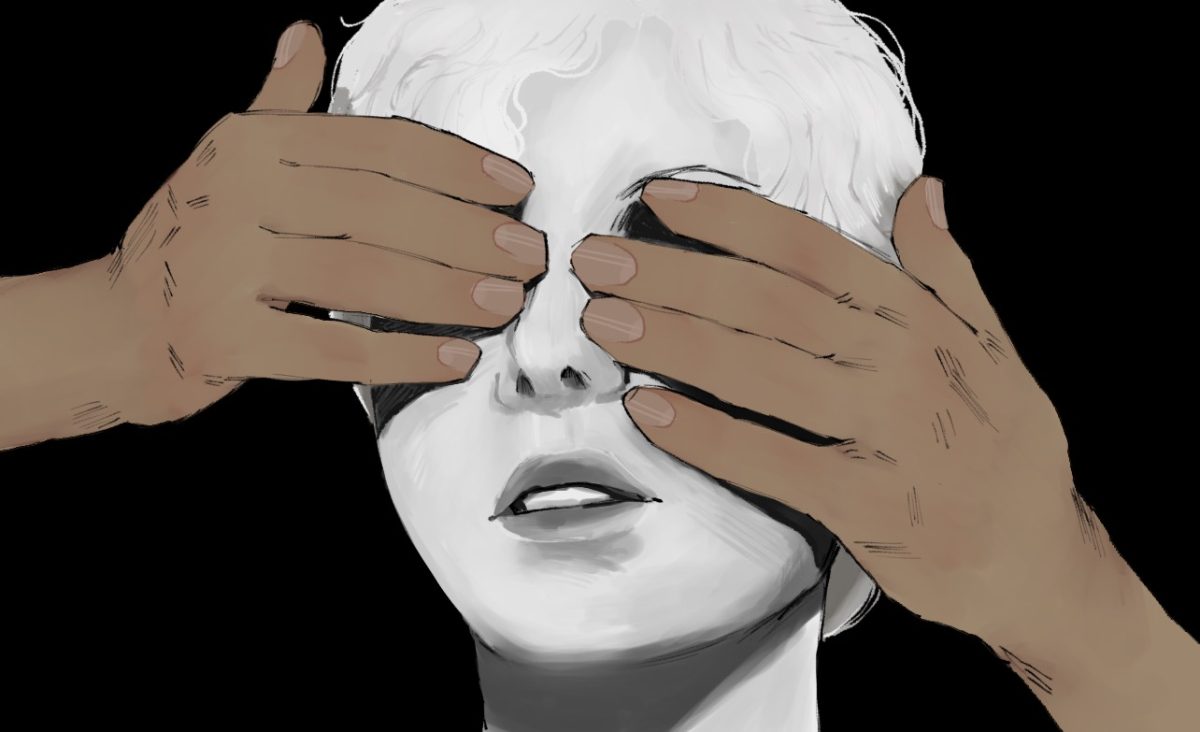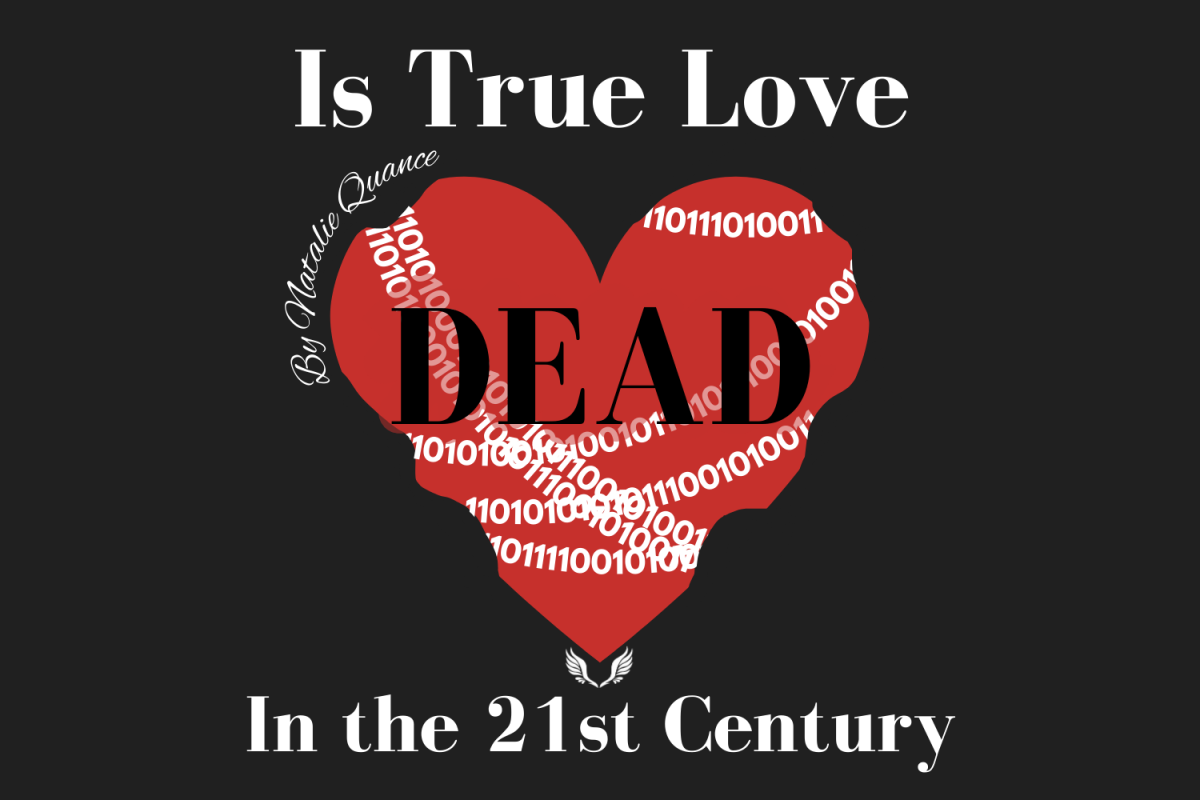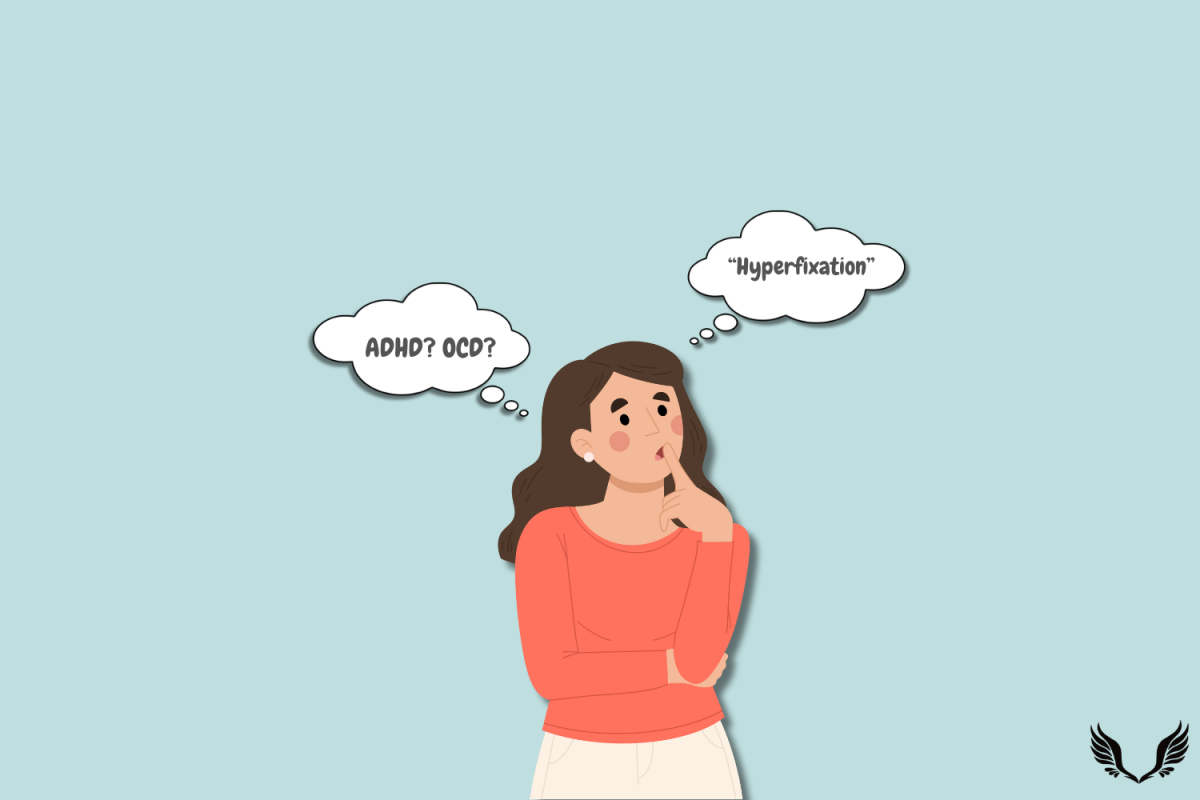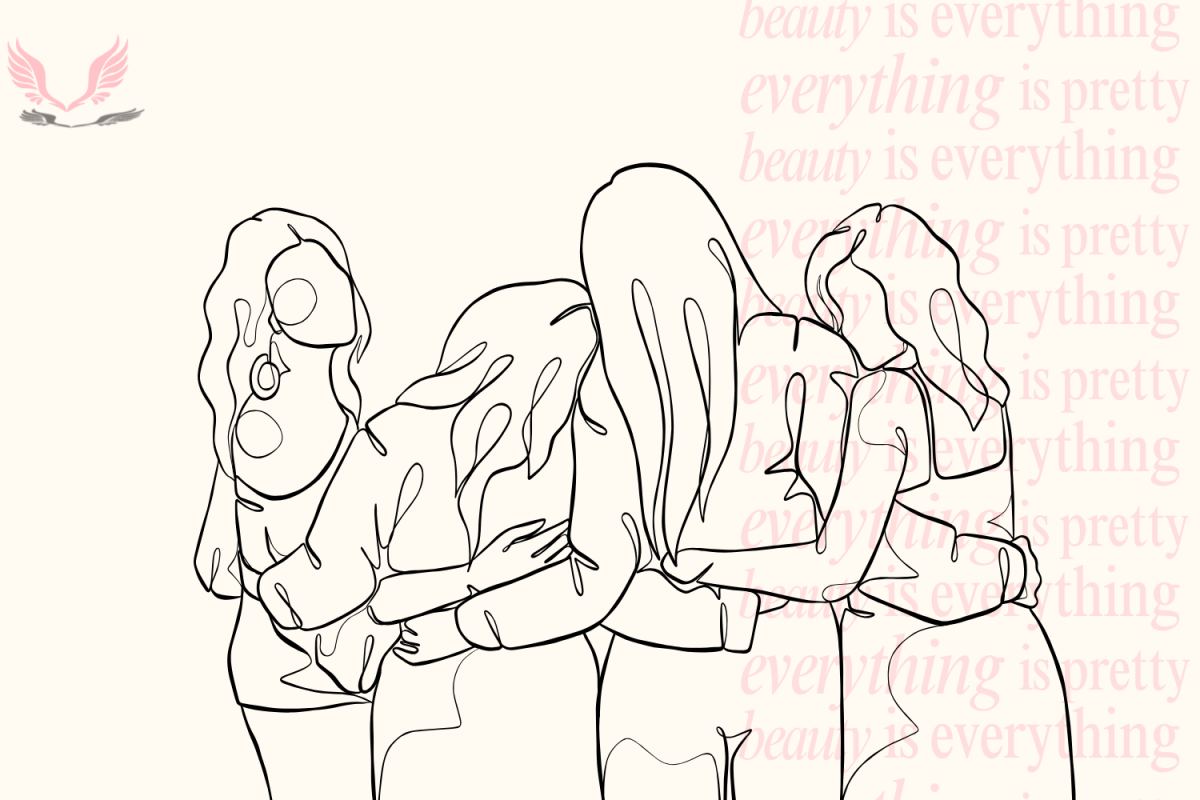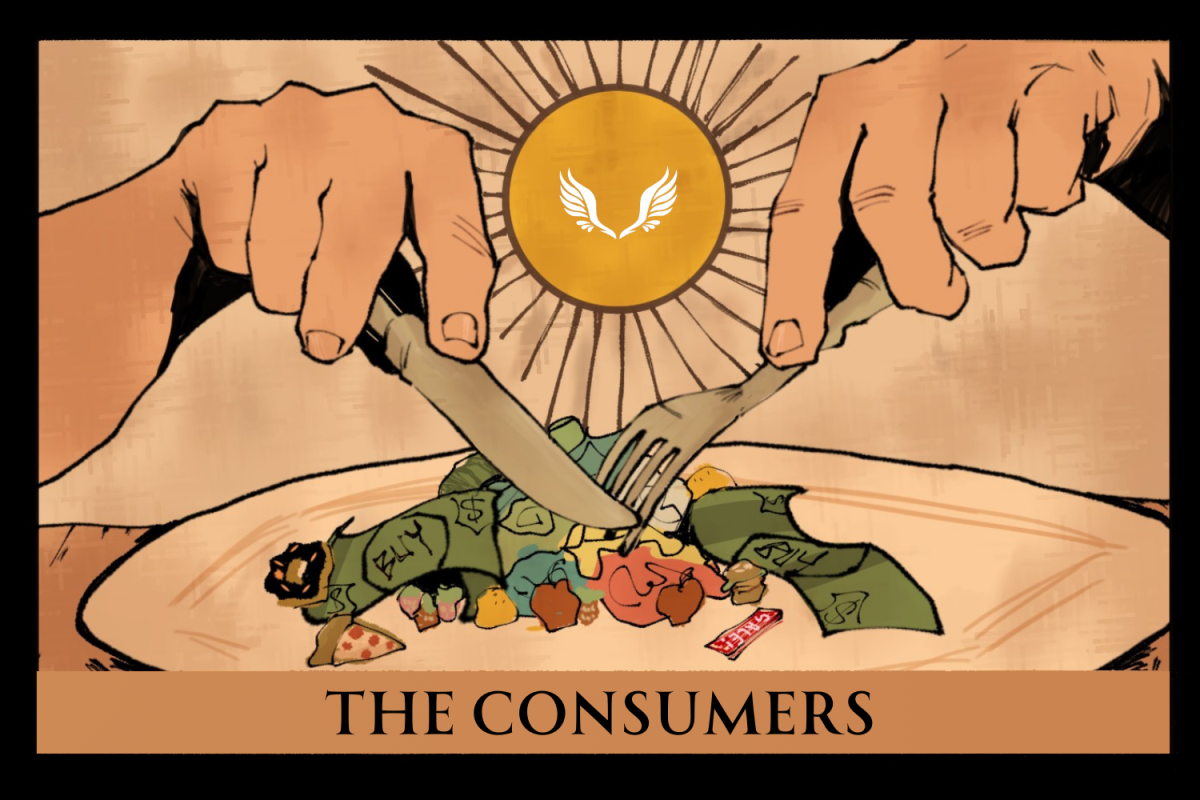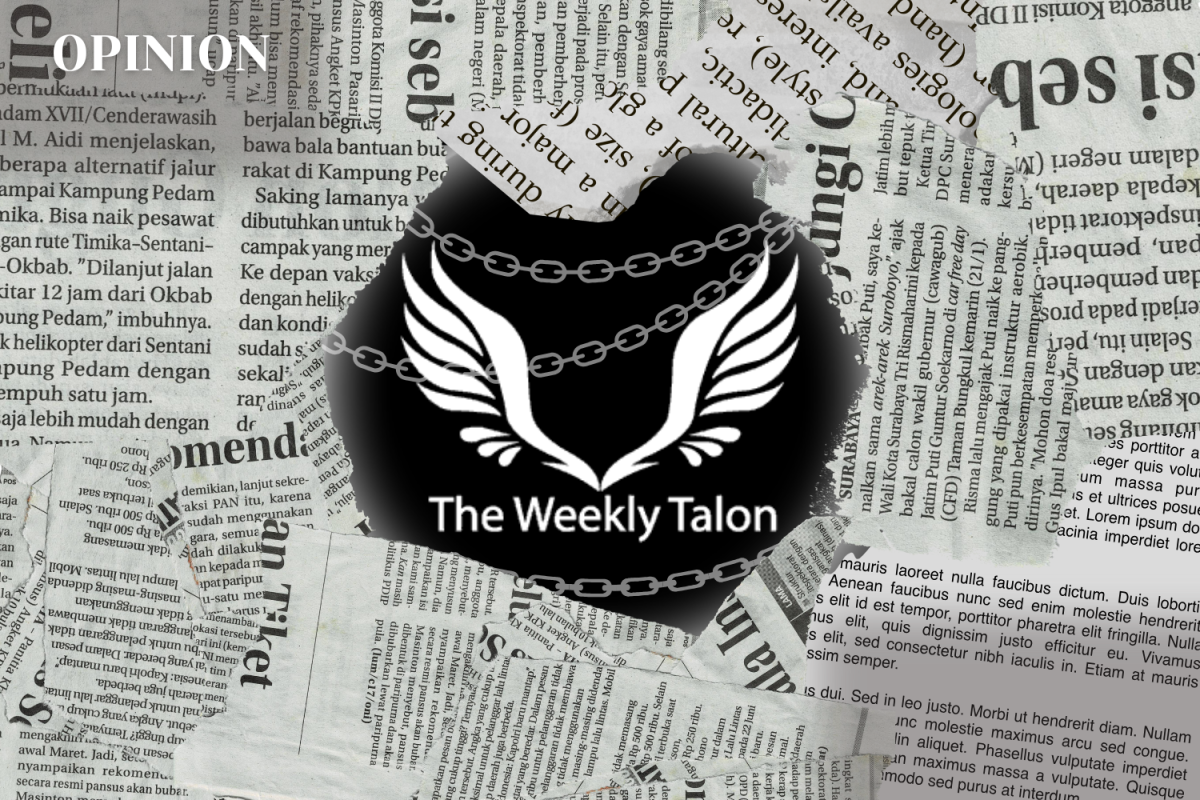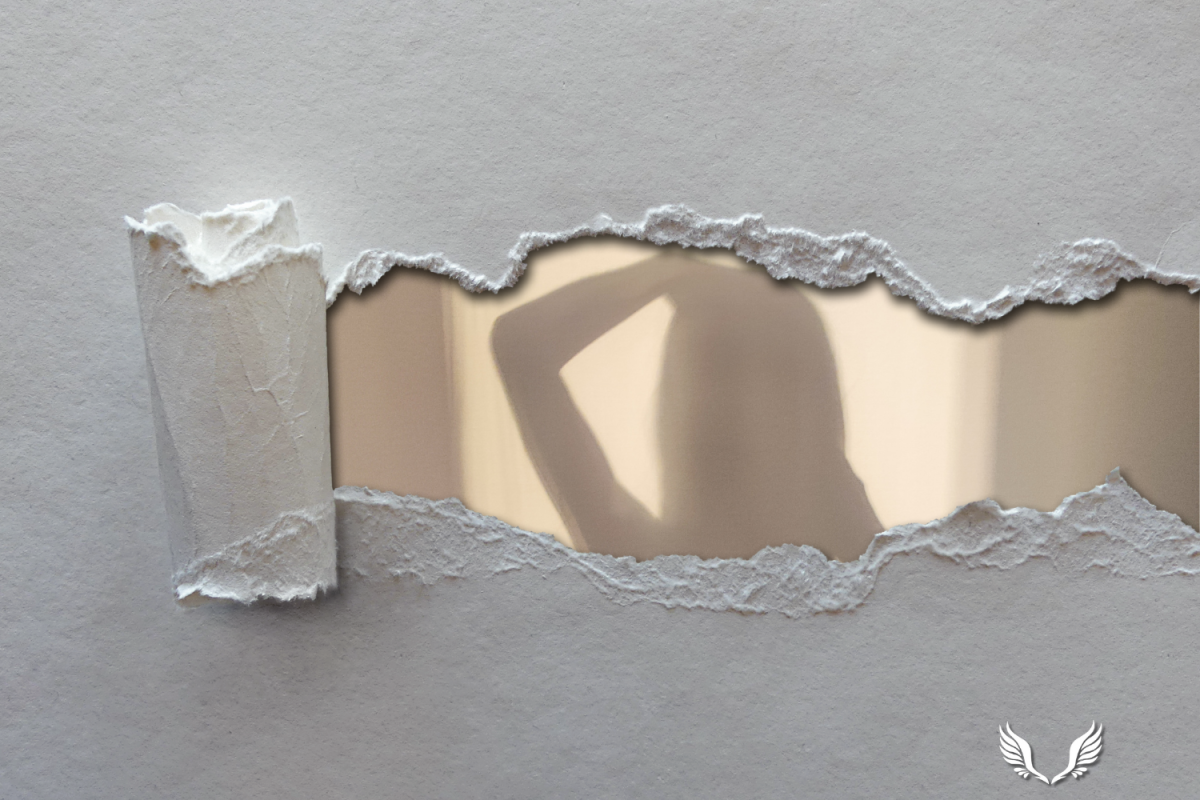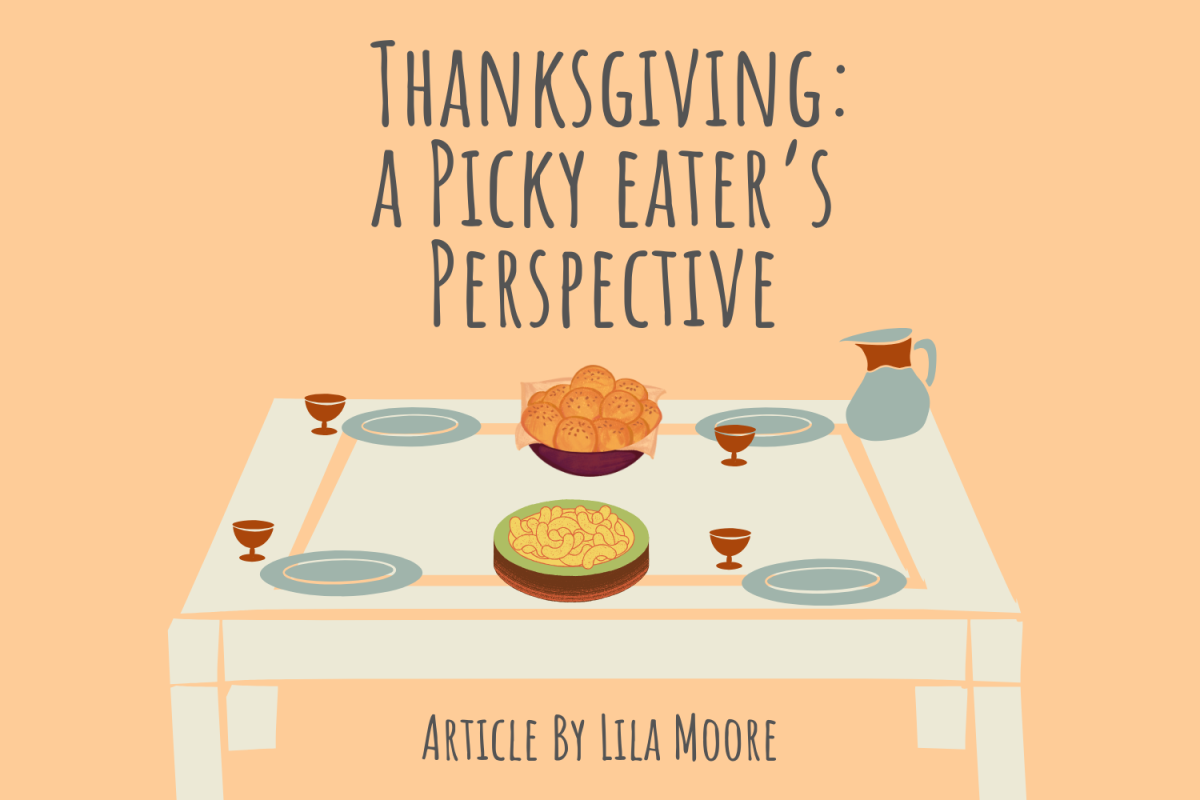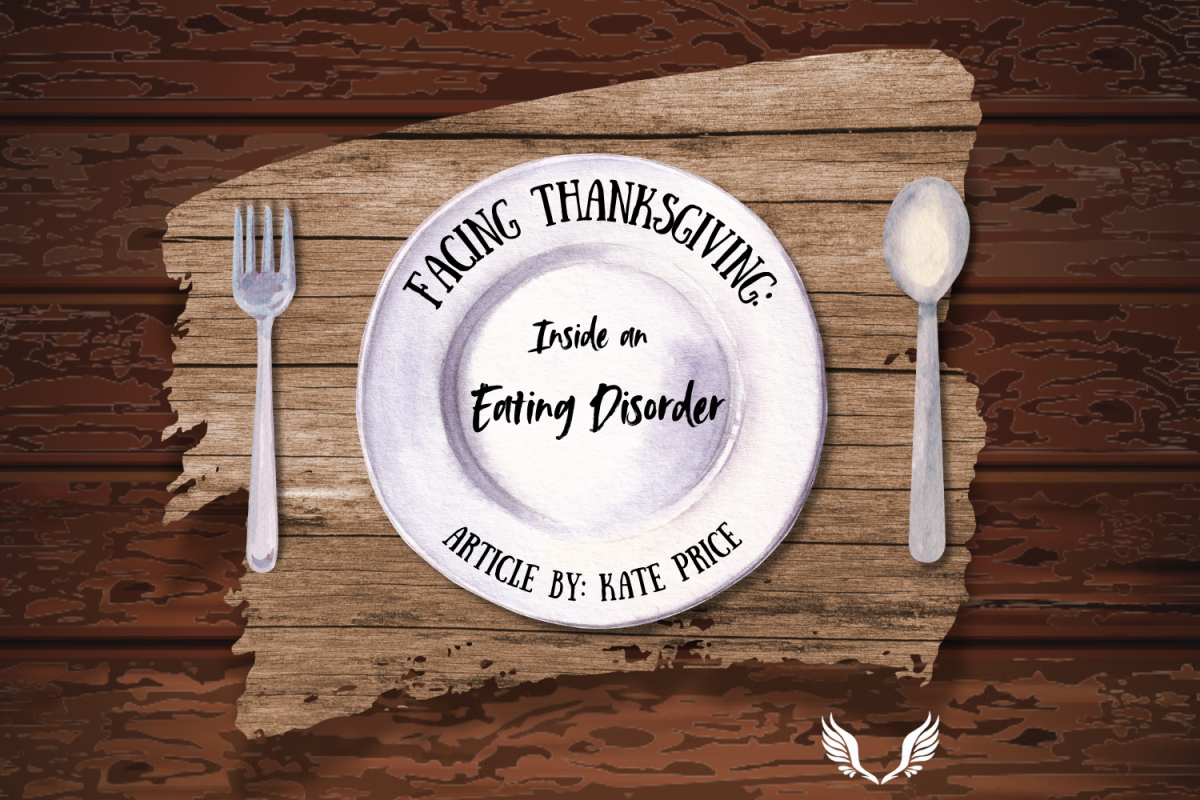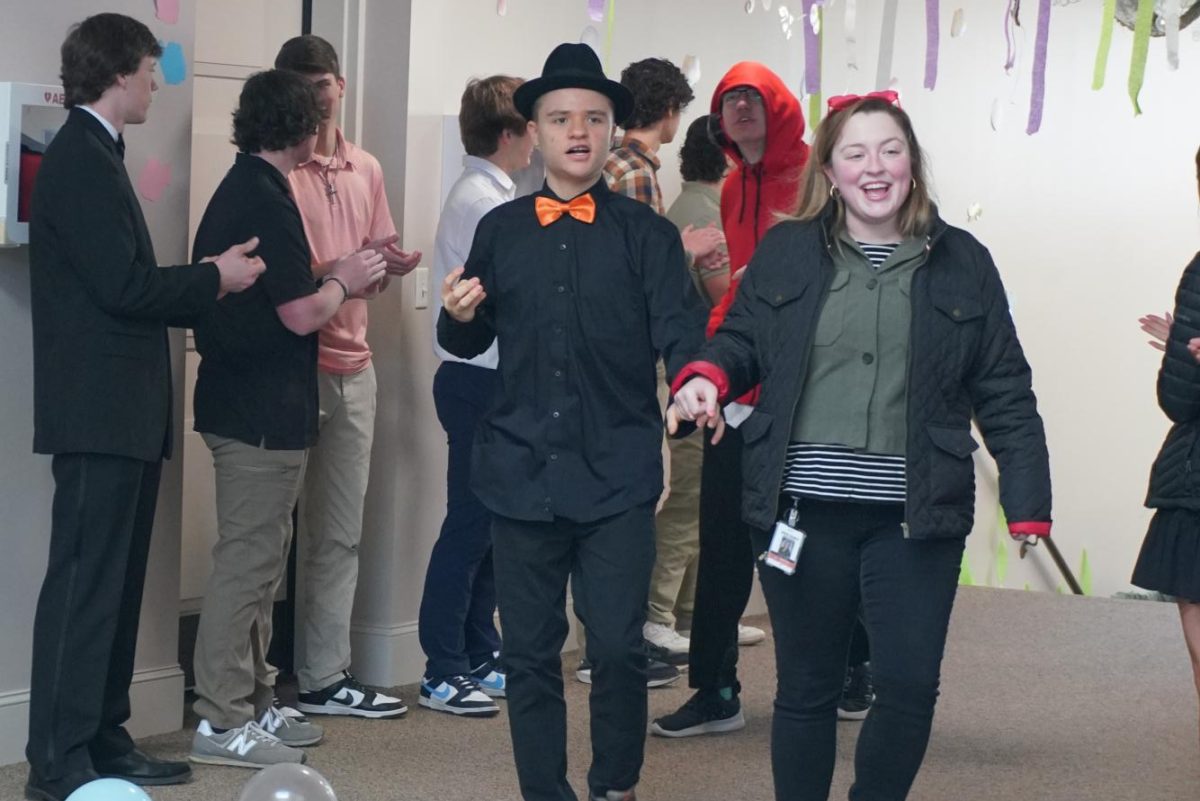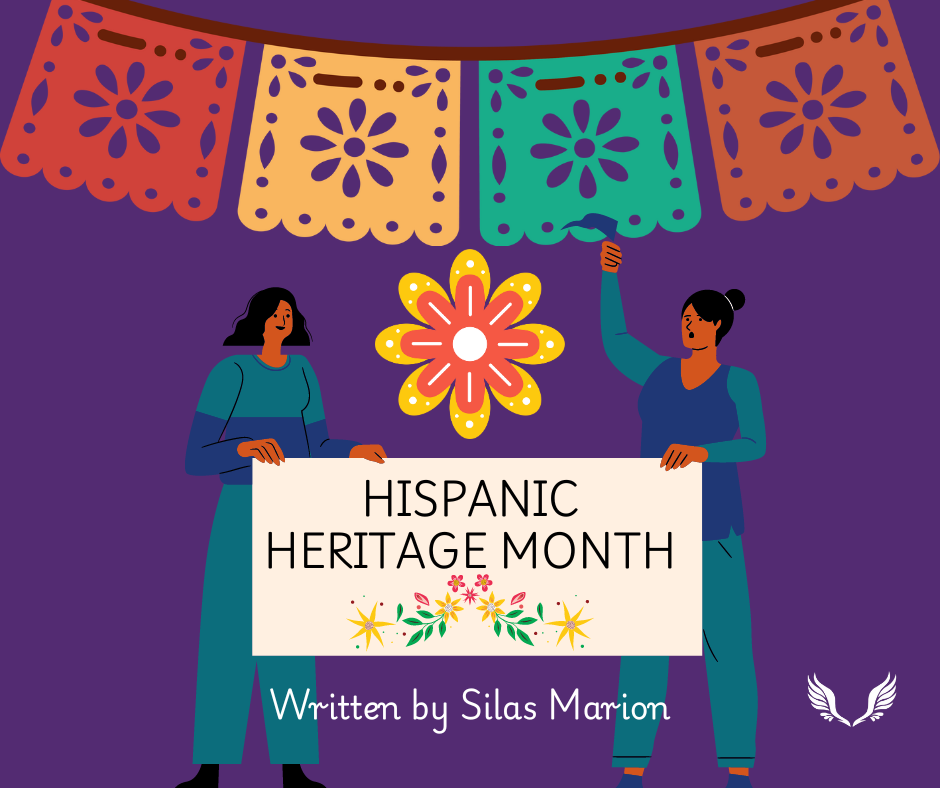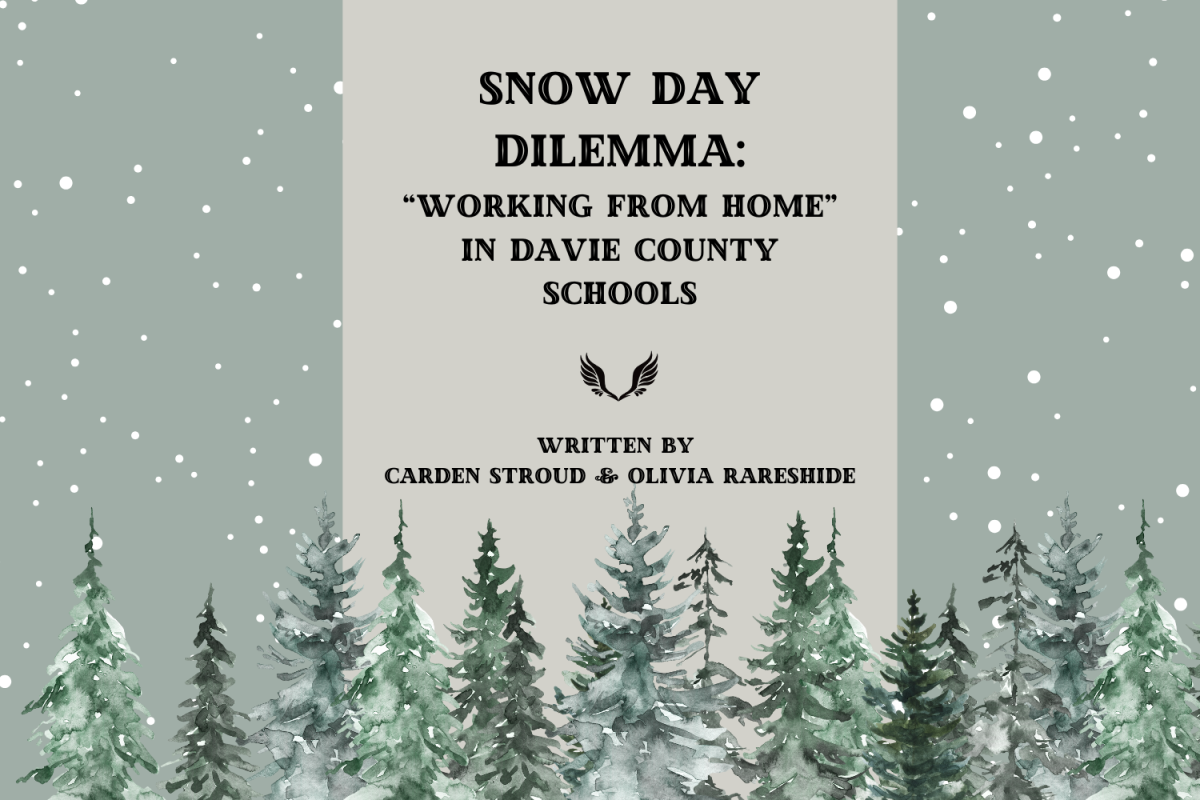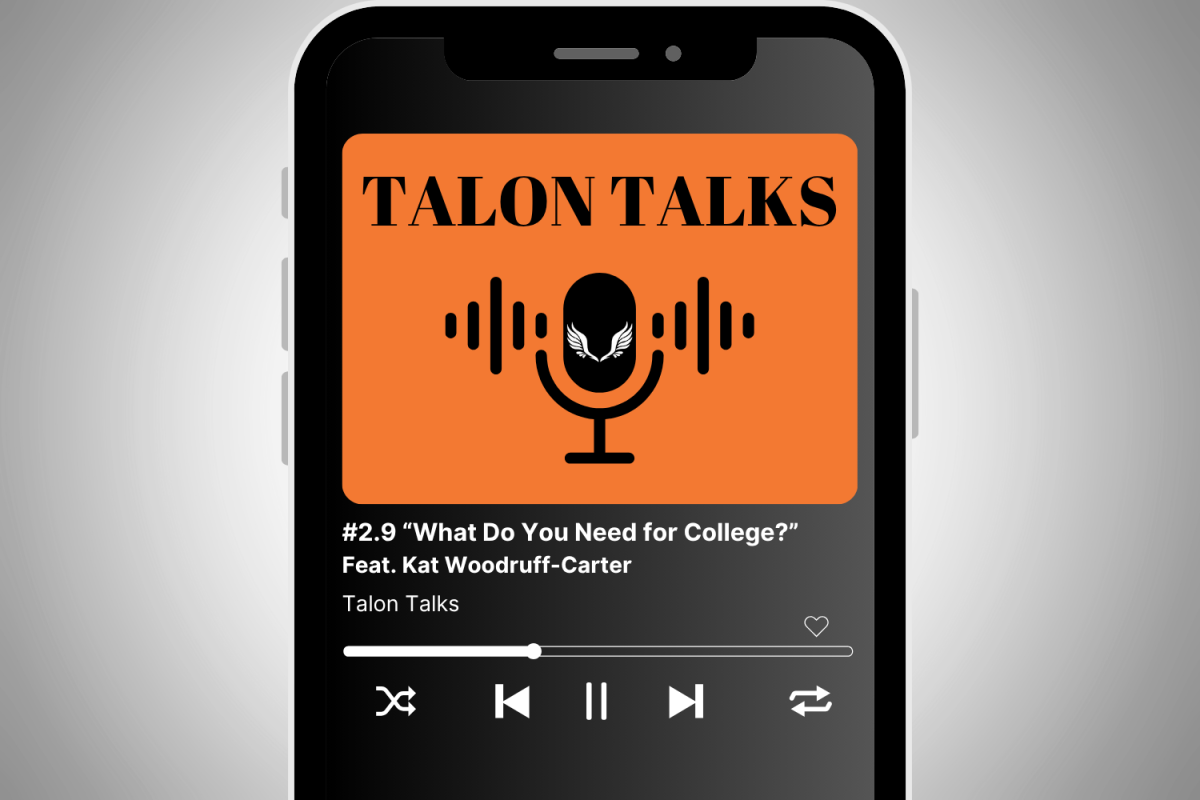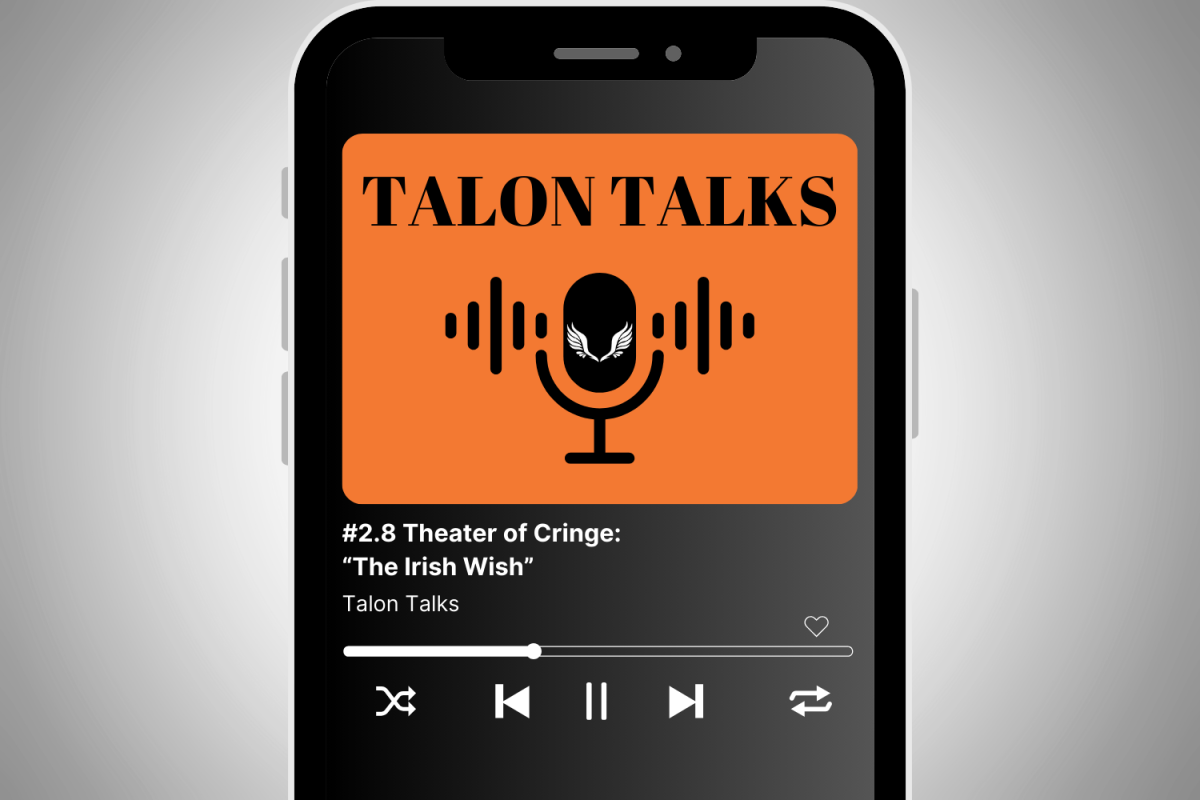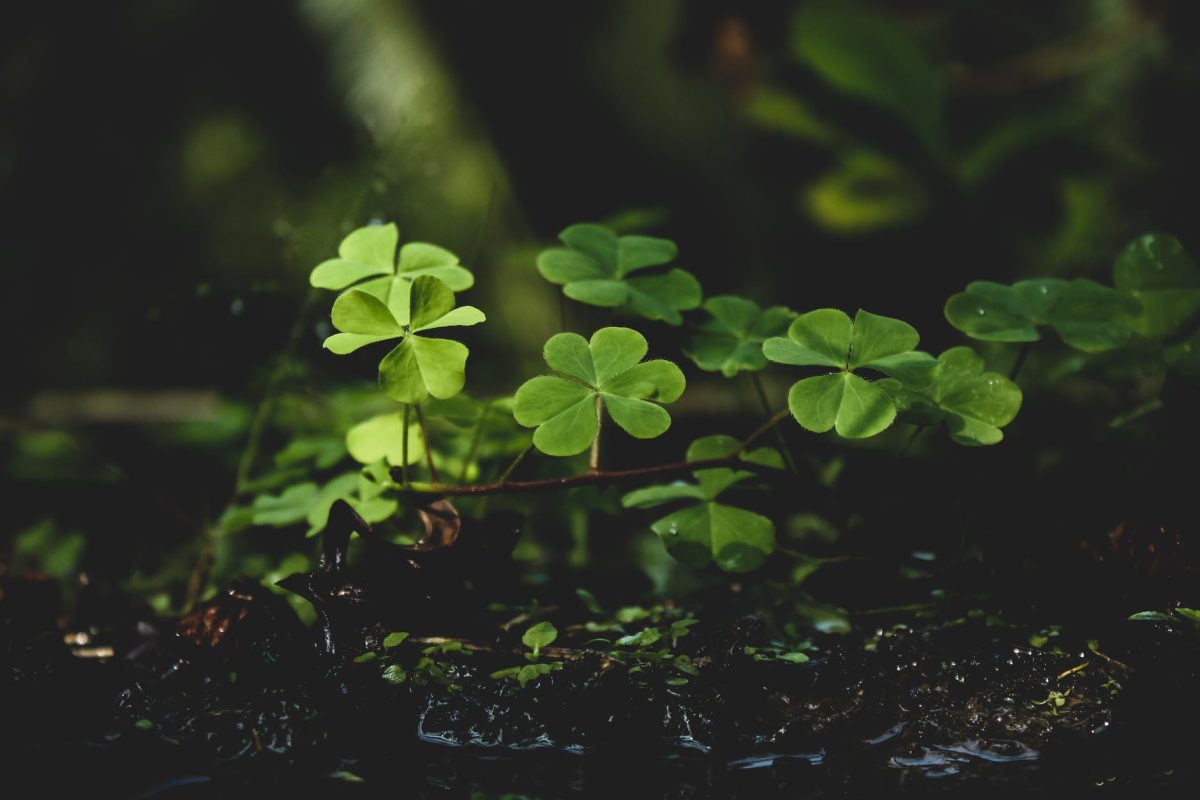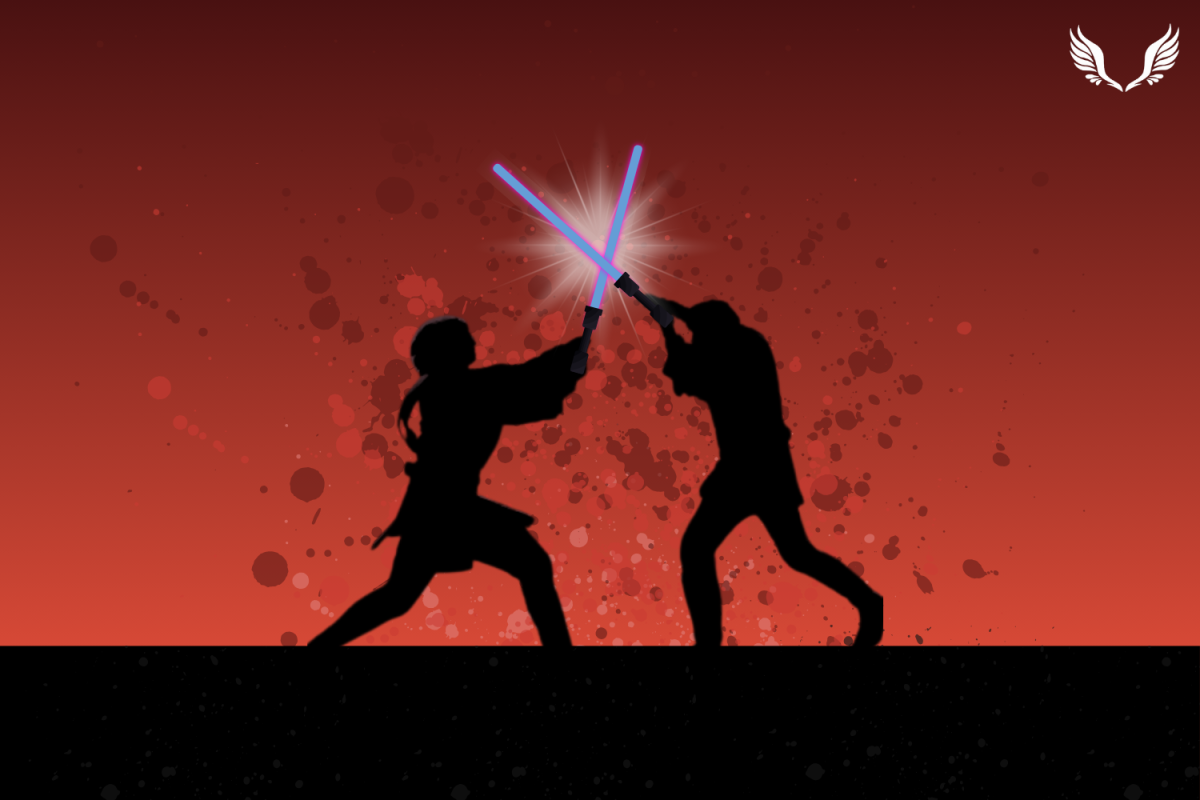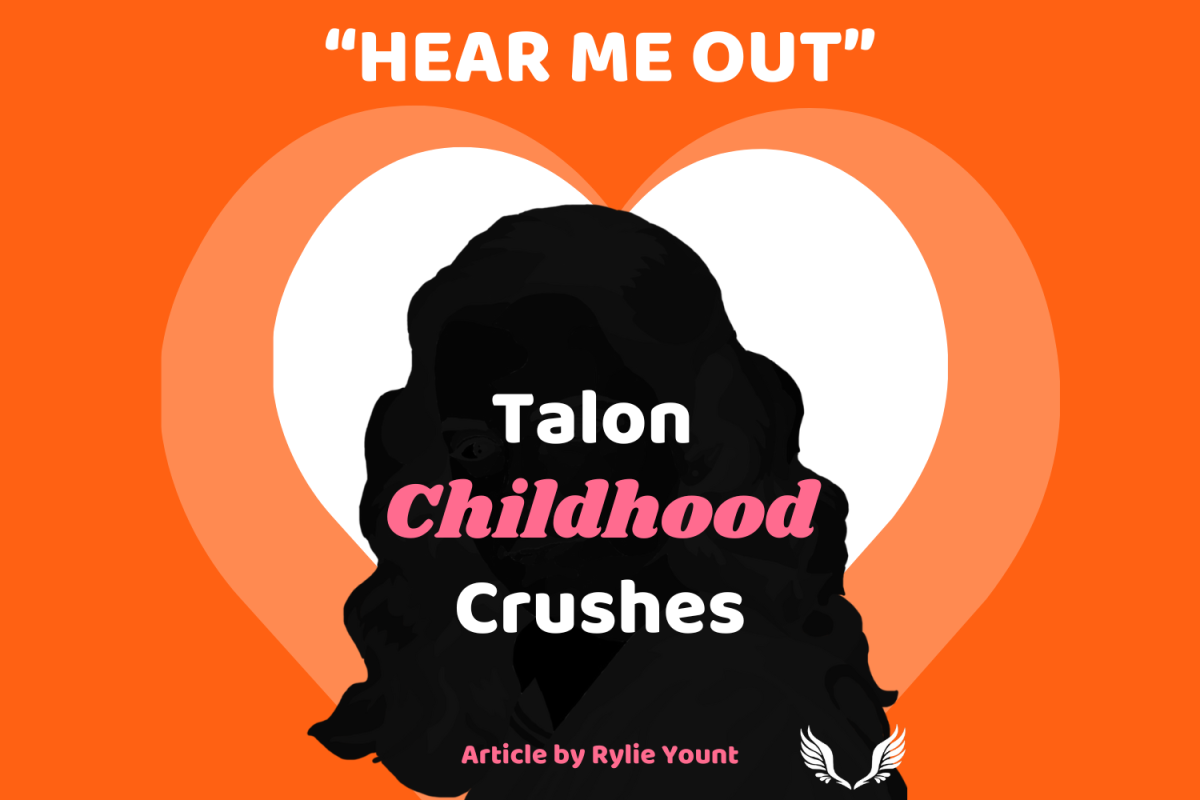For years, St. Patrick’s Day has been an excuse for anyone to wear green and do their best Irish jig in the middle of the living room. On March 17th, kids hunt for the sneaky leprechauns that ransacked their classrooms and peed in their urinals, and adults flock to the pubs to enjoy a night of festivities. Throughout the years, St. Patrick’s Day has changed dramatically and is now celebrated all over the world, standing as a symbol for the rich culture of the Irish.
Who Was Saint Patrick?
St. Patrick’s Day is dedicated to the patron saint and national apostle of Ireland, Saint Patrick. Saint Patrick was born in 386 A.D. in Roman-occupied Britain as Maewyn Succat. Little is known about his early life, but at age 16 he was kidnapped by pirates and taken to Ireland, where he was sold into slavery. He tended sheep for 6 years as a slave in Ireland, which he saw as God’s test to him. Christianity hadn’t been introduced to Ireland at the time, so he became determined to convert the Irish. After 6 years, Patrick escaped enslavement on a boat bound for Britain, where he reunited with his family.
After studying priesthood back home, Patrick returned to Ireland to spread his faith to the Irish. He created monasteries, supported church officials, and performed many baptisms during his time. Patrick continued to spread Christianity across the nation until his death on March 17, 461.
Several legends surrounding him developed after his death, most of which are well known today. The most famous legend states that he taught the Irish about the Holy Trinity with a shamrock, which is why they are a symbol of the holiday. He is also said to have driven all of the snakes out of Ireland (Sorry Patrick, snakes were never there, to begin with). It is said that he also made a herd of pigs appear for a group of hungry travelers he encountered, and even raised 33 people from the dead!
History of St. Patrick’s Day
St. Patrick’s Day began being celebrated on March 17th, somewhere in the 9th century. It was originally titled, “The Roman Catholic Feast of Saint Patrick” (big and fancy name). As you can imagine, it was strictly a religious holiday, so pubs were always closed for the day. Interestingly enough, the Irish government kept that rule in place until the ’70s, when they realized how the holiday could be used to promote tourism and Irish culture. It’s safe to say the pubs have never been closed since.
The first celebration of St. Patrick’s Day was actually in the Spanish colony of St. Augustine, Florida, not in Ireland. It wasn’t like the St. Patrick’s Day we know today, so don’t start imagining half-naked leprechauns partying on the Florida coast (yuck). The festivities occurred in 1601, with a parade marching through the town and a feast held shortly after.
St. Patrick’s Day didn’t begin to gain traction until the American Revolution when homesick Irish soldiers fighting for the British marched in New York City in 1772 to celebrate the holiday. As more and more Irish immigrated to the United States, small societies known as “Irish Aid societies” formed to organize parades and massive celebrations for St. Patrick’s Day.
In 1848, all of the Irish Aid groups in New York City banded together to make a massive NYC St. Paddy’s Day Parade, which still happens annually today. It is the oldest parade in the world, and also the largest in the US. The parade consists of over 150,000 participants! With all of those people, the parade takes 5 hours to cover a mere stretch of 1.5 miles, and it typically has 3 million spectators. Similar smaller parades take place in other cities like Boston, Chicago, Philadelphia, and Savannah.
In the early days of the United States, the Irish were looked down upon very poorly. Their parades were seen by most non-Irish as rowdy and disruptive, with newspapers even displaying them as a bunch of drunken monkeys. This “bumbling babbling band of baboons” eventually came to realize that when they banded together, they held a considerable amount of sway in the elections. From then on, they used the parades as a show of pride and the strength of the Irish people, which stands as a major part of the holiday today.
Where is it Celebrated?
St. Patrick’s Day is celebrated in many countries across the world, some of which being oceans away from Ireland itself. For obvious reasons, the holiday is celebrated most in Ireland and America, with most other European countries taking part in the festivities as well. It is also popular in Australia, Canada, and even completely foreign places like Japan!
Traditions of St. Patrick’s Day
Many traditions and symbols have come to represent the ol’ shamrock day, most of which stem from the Americanization of the holiday. When you think of St. Patrick’s Day, what kinds of images come to mind? Leprechauns? Is the color green? Four-leaf clovers? Avoiding pinches from your friends?
As with most other holidays, none of those things were originally associated with St. Patrick’s Day. In its earliest form, the holiday was strictly religious, and strictly about St. Patrick. Boring, I know. The Irish would traditionally attend a service in the morning honoring him, and they would attend a feast to celebrate in the afternoon. March 17th is during the Christian season of Lent, which prohibits the consumption of meats like beef and chicken. The Irish said “screw that” and decided to waive the restrictions for the day, eating, drinking, and partying as much as they liked.
As the holiday blossomed and grew, it gained new symbols and traditions to represent it. Oddly enough, St. Patrick’s Day was originally associated with the color blue, not green. Looking at it from a modern perspective, it seems so weird to imagine a blue St. Patrick’s Day. Blue leprechauns? Heck no! The color green came to represent the holiday during the Irish Rebellion in 1789. During the rebellion, the British soldiers wore their infamous red uniforms and the Irish decided to wear green in defiance. They even sang a song known as “Wearing of the Green.” As St. Patrick’s Day shifted away from its religious origins and began as a way to celebrate Irish culture, they looked back upon that rebellion and started using green.
Another popular symbol of St. Patrick’s Day is the leprechaun, which became popularized in the 1900s. In Irish folklore, leprechauns (traditionally named lobaricin, meaning small-bodied fellow) were short and mischievous creatures that guarded treasure at the end of rainbows and worked on shoes (?). They were cranky, which is to be expected when you’re 3 feet tall and you shine shoes for a living. Leprechauns became a symbol of the holiday after the release of the 1959 Disney film “Darby O’Gill and the Little People.” The film featured leprechauns (the little people), and its popularity mixed with the rise of St. Patrick’s Day parades to cement their status as a symbol of the Irish.
You’re probably wondering, what’s the deal with all my friends pinching me? We’ve all made the mistake of forgetting to wear green on March 17th, and as a result, we’ve suffered the consequences. The belief behind the tradition is that leprechauns would go around and pinch people as they pleased, and wearing green meant that you were invisible to them. It’s a little far-fetched, and rightly so, because reportedly nobody of actual Irish descent has confirmed that belief or not. Next time your friend tries to pinch you, you can say to them, “You can’t pinch me because leprechauns were never confirmed to have pinched people who didn’t wear green.” On second thought, don’t do that.
The third symbol of St. Patrick’s Day is the shamrock. Unlike this one, this is rooted in the religious origins of the holiday. It all stems from the legend that states that St. Patrick taught the Irish about the Holy Trinity using a shamrock. 4-leaf clovers, however, have nothing to do with the holiday. The Celts did traditionally use 4-leaf clovers to ward off evil, but they never had any sort of significance with St. Patrick.
Where to Celebrate in the Community
Having read this amazing article, you’re probably wondering where you can go to get in on the festivities. The best place in Davie County to go is O’Callahan’s Publick House in downtown Mocksville. It’s a pretty authentic Irish pub and eatery. They previously held events on March 13th, but they are also having specials, live music, and bagpipers on March 17th. So stop by sometime this St. Patrick’s Day and enjoy the rich culture of the Irish!

